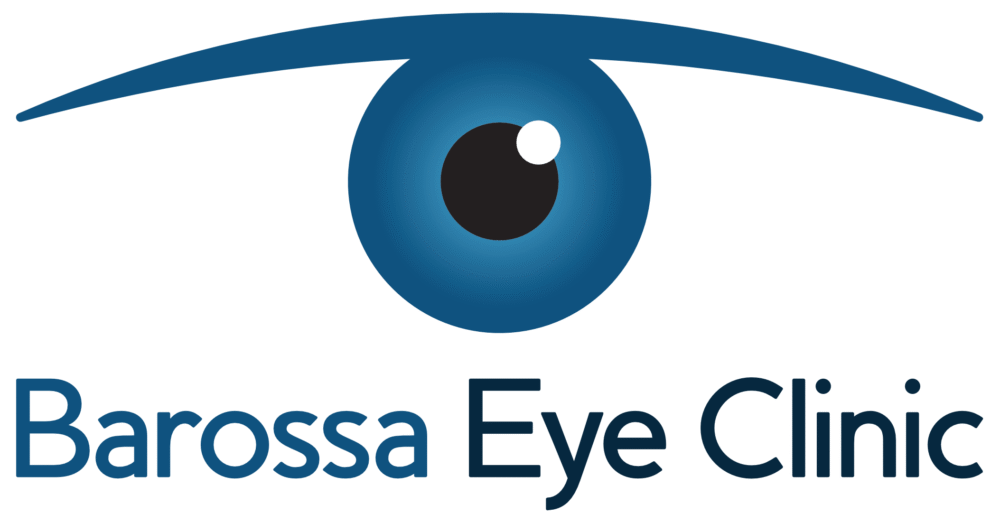The cornea is the clear, dome-shaped window at the front of the eye. It plays a crucial role in focusing light onto the back of the eye, enabling clear vision.
When the cornea becomes cloudy or scarred due to hereditary conditions, infections, or injury (including previous surgeries), it may lose transparency. In such cases, a corneal graft — also known as a corneal transplant — may be necessary to restore sight.
The Goal of Corneal Grafting
The primary aim of a corneal transplant is to restore a clear optical window, allowing light to pass properly into the eye. However, achieving a smooth, uniform surface and reducing the risk of tissue rejection are also vital for long-term success.
Modern Advances: Lamellar Corneal Grafting
In recent years, corneal transplantation has undergone a major transformation. Rather than replacing the entire cornea, modern lamellar grafting techniques allow for partial-thickness transplants — only replacing the specific layers of the cornea that are diseased. These techniques offer significant benefits:
- Faster visual recovery (typically 1–2 months)
- Lower risk of rejection
- Improved safety profile
Outpatient convenience (often performed without hospital admission).
Dr de Wit's Expertise
Dr de Wit has received advanced fellowship training in modern corneal grafting techniques from Cambridge and Belfast in the UK. Since 2015, he has successfully introduced these surgeries to rural communities in Australia, bringing specialist-level care closer to home.
Types of Corneal Transplants
- Full-Thickness Transplant (Penetrating Keratoplasty)
- Used when all layers of the cornea are affected.
- Partial-Thickness (Lamellar) Transplants
These are more targeted:
- DMEK (Descemet Membrane Endothelial Keratoplasty)
- DSAEK (Descemet Stripping Automated Endothelial Keratoplasty)
- DALK (Deep Anterior Lamellar Keratoplasty)
These techniques replace only the diseased front or back layers of the cornea, offering better outcomes for suitable patients. In some cases, corneal transplantation may be combined with cataract surgery to optimise visual results.
The Procedure and Recovery
Day surgery under local or general anaesthetic. Most patients return home the same day.
Patients who live further away (e.g. outside the Barossa region) may benefit from an overnight stay and a follow-up appointment the next morning.
Visual improvement is gradual, and regular follow-up is essential.
Is Corneal Grafting Right for You?
This is a highly specialised procedure. If you have been diagnosed with a corneal condition or are experiencing symptoms such as blurred vision, glare sensitivity, or corneal clouding, we recommend an appointment for a comprehensive assessment.
For more information about your suitability for corneal grafting or to schedule an assessment with Dr de Wit, please contact Barossa Eye Clinic.
